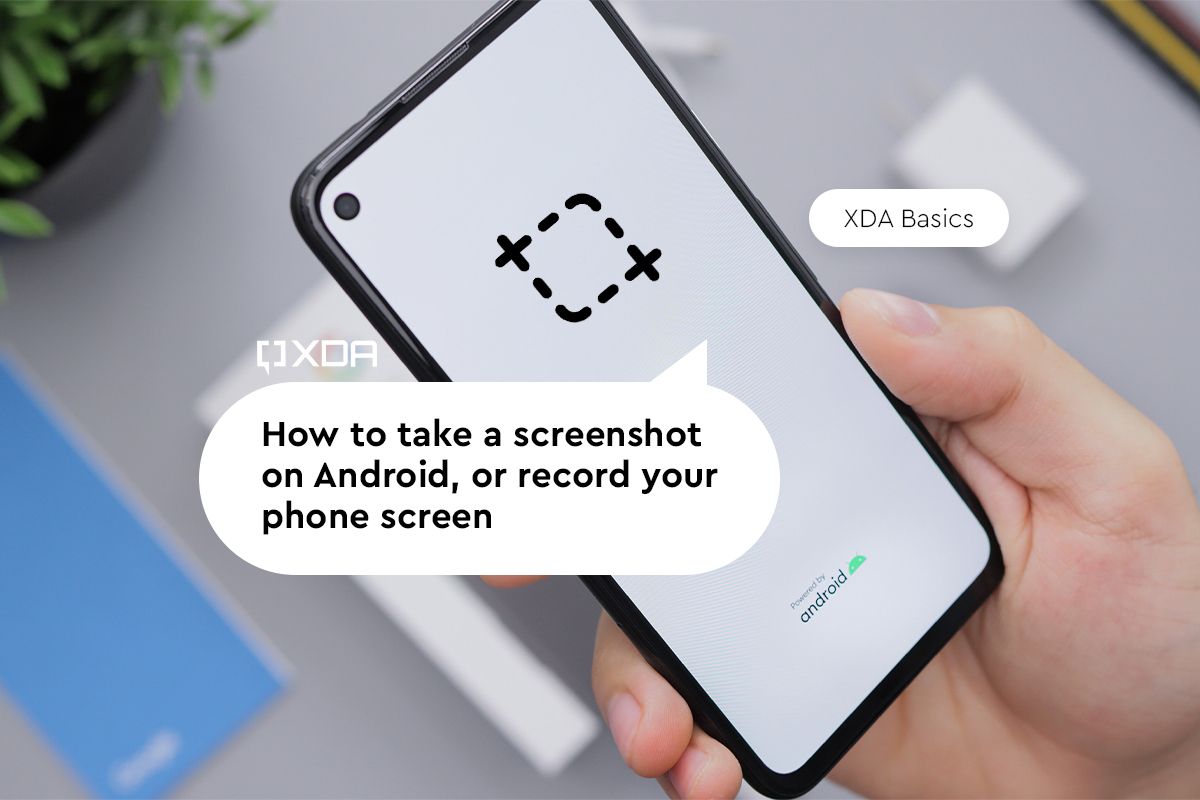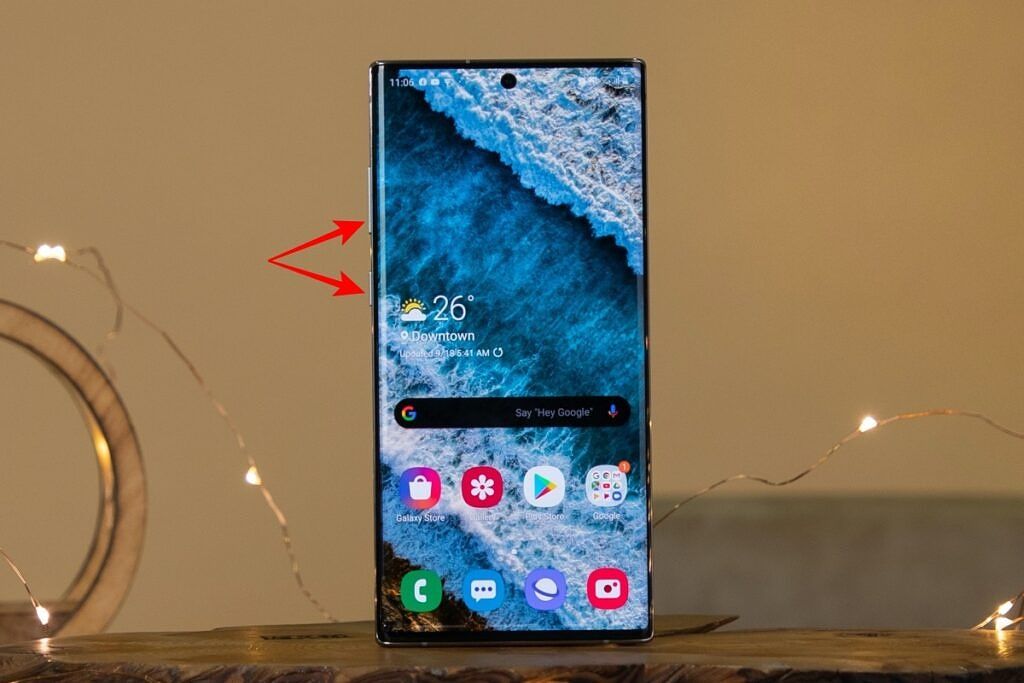Quick Links
Android has evolved a lot over the years, and it lets you do a lot of things right on your smartphone now. But if you're new to the world of Android, you may find it a bit overwhelming to navigate through all the options. So if you're finding it difficult to figure out how to take screenshots and record the screen on your Android phone, then we're here to help. Here's a step-by-step guide in which we'll walk you through all the different ways you can take a screenshot and record your screen on Android, regardless of the device manufacturer.
What is a screenshot?
A screenshot is essentially a photograph of what's visible on your device’s screen. When you take a screenshot, your phone’s software captures what's on the screen and saves it to your device. Typically, you’ll find your device’s screenshots in the Gallery app under the Screenshots folder.
As a screenshot captures your device’s screen, it has exactly the same dimensions as the screen resolution. So if you’re taking a screenshot on a phone with an FHD display, the resulting screenshot will be 1,920 x 1,080 pixels. Also, the screenshot files are saved using the .png file type on Android.
What is a screen recording?
Unlike a screenshot, which is just a picture, screen recordings capture a video of what's happening on your device’s screen. Everything visible on the screen -- from the moment you begin recording your phone screen to the moment you end it -- is captured and saved in your device’s gallery. Screen recordings also have the same resolution as the device resolution and are saved as .mp4 files.
How to take a screenshot on your Android phone or tablet
The standard method to take a screenshot on Android
Pretty much all Android phones allow taking screenshots using the combination of volume-down and power buttons. Just press these two buttons simultaneously and your phone will capture a screenshot. If you have a big-sized phone, and you’re having trouble timing the button presses, then it may take some time to get used to this. Depending on which phone you're using, the volume down and power buttons may be located at different places than the phone in the picture above.
Once you successfully capture the screenshot, you'll see a preview of it towards the right-hand bottom corner of your phone's display. Some devices may show you the screenshot information on the notification shade instead of giving you a preview. You can open the screenshot from any of these places to edit or share it. You can also go to your phone’s gallery app and open the screenshots folder to view all the screenshots.
On older Android phones and tablets, if the vol-down + power button combination is not working, you can try the home button + power button combination to take a screenshot. Notably, some OEMs Android skins also let you capture a screenshot using a software button that's located somewhere in the UI. On Google's Pixel 7 phones, for instance, you can capture a screenshot of a particular app by using the screenshot button in the recent app menu. Most Android skins also let you add a screenshot toggle to the quick settings menu.
Using ADB to take a screenshot
You can also use ADB to take a screenshot on your Android phone. It's fairly simple if you already have ADB set up on your computer. If not, follow our guide on how to install ADB on Windows, Linux, or macOS to set it up first.
Once you’ve set up ADB on your computer, you can use one of the following commands to capture a screenshot.
To save the screenshot on your computer:
adb exec-out screencap -p > screen.png
To save the screenshot on your phone:
adb shell screencap /sdcard/screen.png
Use an app to capture a screenshot
You can also use third-party apps to capture screenshots on Android. There are a lot of apps in the Google Play Store but Screenshot Easy and Screenshot Touch are two good options to consider. Both apps will let you take screenshots and record your phone's screen without much hassle. You can also edit the screenshots with these apps as well as capture full web pages using scrolling screenshots.
How to Record your phone screen on Android 13
If you have a phone that runs Android 11 or above, then you have a built-in screen recorder on your phone. Here's how you can access it:
- Swipe down twice from the top of the screen to access the Quick Settings menu.
- You'll see a screen record icon among other buttons. You may have to swipe right to locate this button if it's not immediately visible. but if that's not immediately visible, you can swipe right to find it.
- If you still can’t see the icon, tap the pencil icon to edit the list of visible Quick Settings, and drag the screen record option to the visible buttons.
- After you tap on the screen record icon, the system will ask whether to record audio or show touches on the screen. Select the options you need and tap on Start.
How to record your phone screen on Android 10 or below
Since there's no built-in screen recorder in Android 10 and older versions, you'll have to rely on a third-party app to record your screen. We recommend downloading the AZ Screen Recorder app from the Google Play Store. It's a reliable application with over 50 million downloads.
AZ Screen Recorder works with devices running Android 5.0 and newer, and it includes a number of features. You don’t need root access, and there's no recording limit. You can also pause and resume recording, or use input from your phone’s selfie camera. Moreover, the app lets you make GIFs from your screen recordings as well as take screenshots.
How to record screen using ADB
Apart from taking screenshots, you can also use ADB to record your phone’s screen. You can use the following command to start recording your phone's screen until you stop it using Ctrl-C.
adb shell screenrecord /sdcard/example.mp4
The recordings are saved on your phone’s internal storage.
If you want to know how to take screenshots on other platforms, we have guides for Chrome OS, Windows, macOS, and Samsung Galaxy devices as well.


